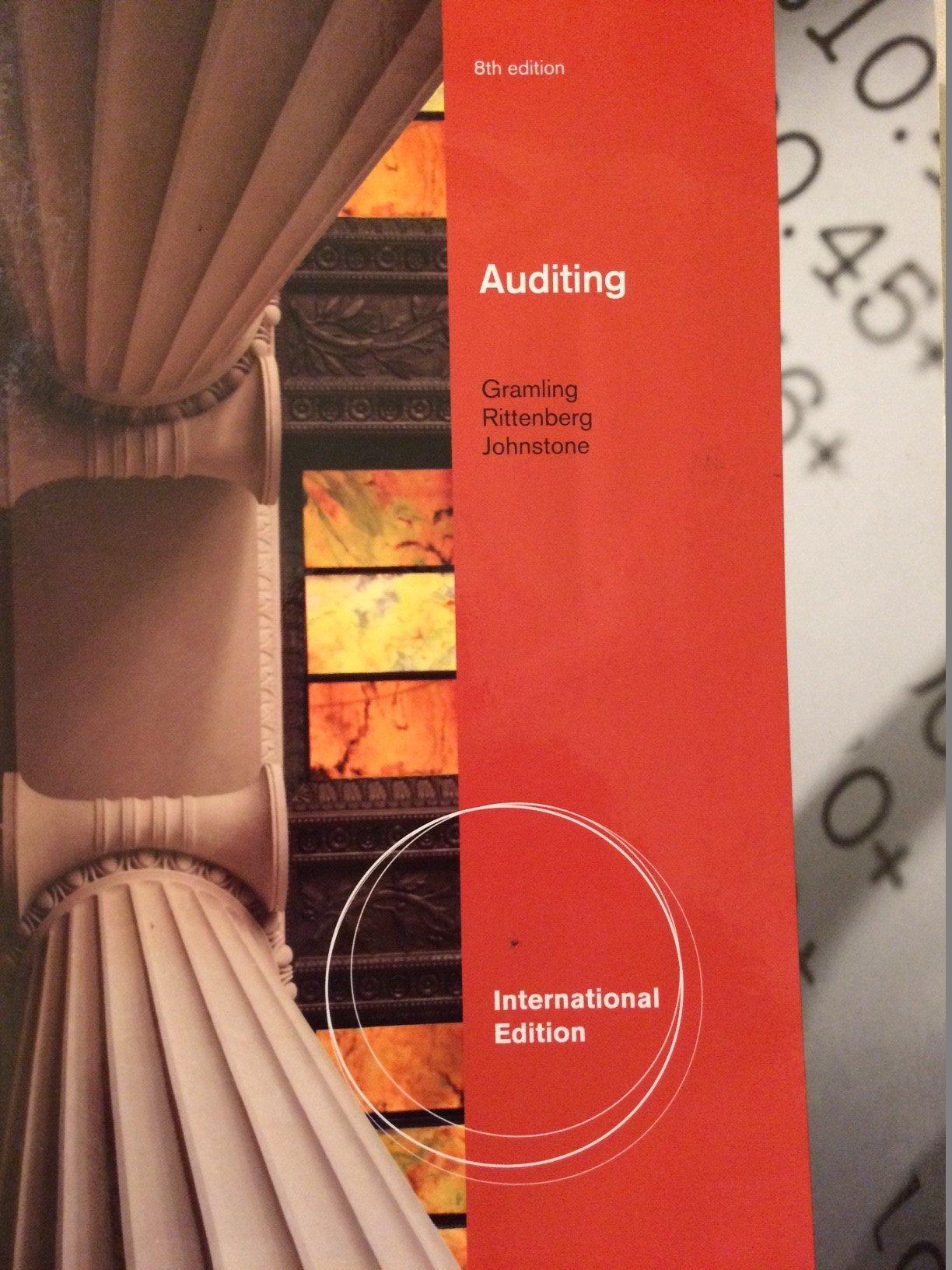

Part II: Open Ended Problems USE THE FOLLOWING INFORMATION TO ANSWER QUESTIONS 11 - 22 Using the assumptions below concerning the Fast Growth Company, construct income statements, balance sheets and cash inflow-outflow statements for the company for the months of January, February, and March: ASSUMPTIONS: - Initial investment (made on January 1 when company begins operations) =$860,000 - Selling price =$70 per unit - COGS= variable cost =$45 per unit - Fixed costs =$20,000 per month - Credit policy = net 45 days (assume all sales are on credit) - Inventory policy = 21-day supply (Note that this means inventory at the end of the month will be 21/30 of sales for that month. Thus, given that January sales =4,000 units (see below), January ending inventory will be 2,800 units). - Inventory carried at cost (i.e., at $45 per unit) - All bills are paid immediately (this implies that accounts payable and accruals =$0 ) - Dividends =60% of monthly net income - There are 30 days in every month. - All revenues, costs, cash inflows and cash outflows are evenly distributed through the month. - If additional funds are needed, these will be in the form of debt (i.e., bank loans). The company will borrow money if cash =$0 on the balance sheet. The amount borrowed will be what is necessary to balance the balance sheet with cash =$0. - Round all values to the nearest dollar (that is, record numbers with 0 decimal places). - Monthly Sales: January = 4,000 units, February =8,000 units, March =14,000 units For each month, your statements should include the accounts shown below: Use data from your statements to answer the questions below. 11. January addition to retained earnings = 12. January ending cash balance (i.e., Cash from the balance sheet) = 13. January payment for purchases = 14. January net cash flow = 15. February addition to retained earnings = 16. February ending cash balance (i.e., Cash from the balance sheet) = 17. February payment for purchases = 18. February net cash flow = 19. March addition to retained earnings = 20. March debt on the balance sheet = 21. March payment for purchases = 22. March net cash flow = Part II: Open Ended Problems USE THE FOLLOWING INFORMATION TO ANSWER QUESTIONS 11 - 22 Using the assumptions below concerning the Fast Growth Company, construct income statements, balance sheets and cash inflow-outflow statements for the company for the months of January, February, and March: ASSUMPTIONS: - Initial investment (made on January 1 when company begins operations) =$860,000 - Selling price =$70 per unit - COGS= variable cost =$45 per unit - Fixed costs =$20,000 per month - Credit policy = net 45 days (assume all sales are on credit) - Inventory policy = 21-day supply (Note that this means inventory at the end of the month will be 21/30 of sales for that month. Thus, given that January sales =4,000 units (see below), January ending inventory will be 2,800 units). - Inventory carried at cost (i.e., at $45 per unit) - All bills are paid immediately (this implies that accounts payable and accruals =$0 ) - Dividends =60% of monthly net income - There are 30 days in every month. - All revenues, costs, cash inflows and cash outflows are evenly distributed through the month. - If additional funds are needed, these will be in the form of debt (i.e., bank loans). The company will borrow money if cash =$0 on the balance sheet. The amount borrowed will be what is necessary to balance the balance sheet with cash =$0. - Round all values to the nearest dollar (that is, record numbers with 0 decimal places). - Monthly Sales: January = 4,000 units, February =8,000 units, March =14,000 units For each month, your statements should include the accounts shown below: Use data from your statements to answer the questions below. 11. January addition to retained earnings = 12. January ending cash balance (i.e., Cash from the balance sheet) = 13. January payment for purchases = 14. January net cash flow = 15. February addition to retained earnings = 16. February ending cash balance (i.e., Cash from the balance sheet) = 17. February payment for purchases = 18. February net cash flow = 19. March addition to retained earnings = 20. March debt on the balance sheet = 21. March payment for purchases = 22. March net cash flow =








